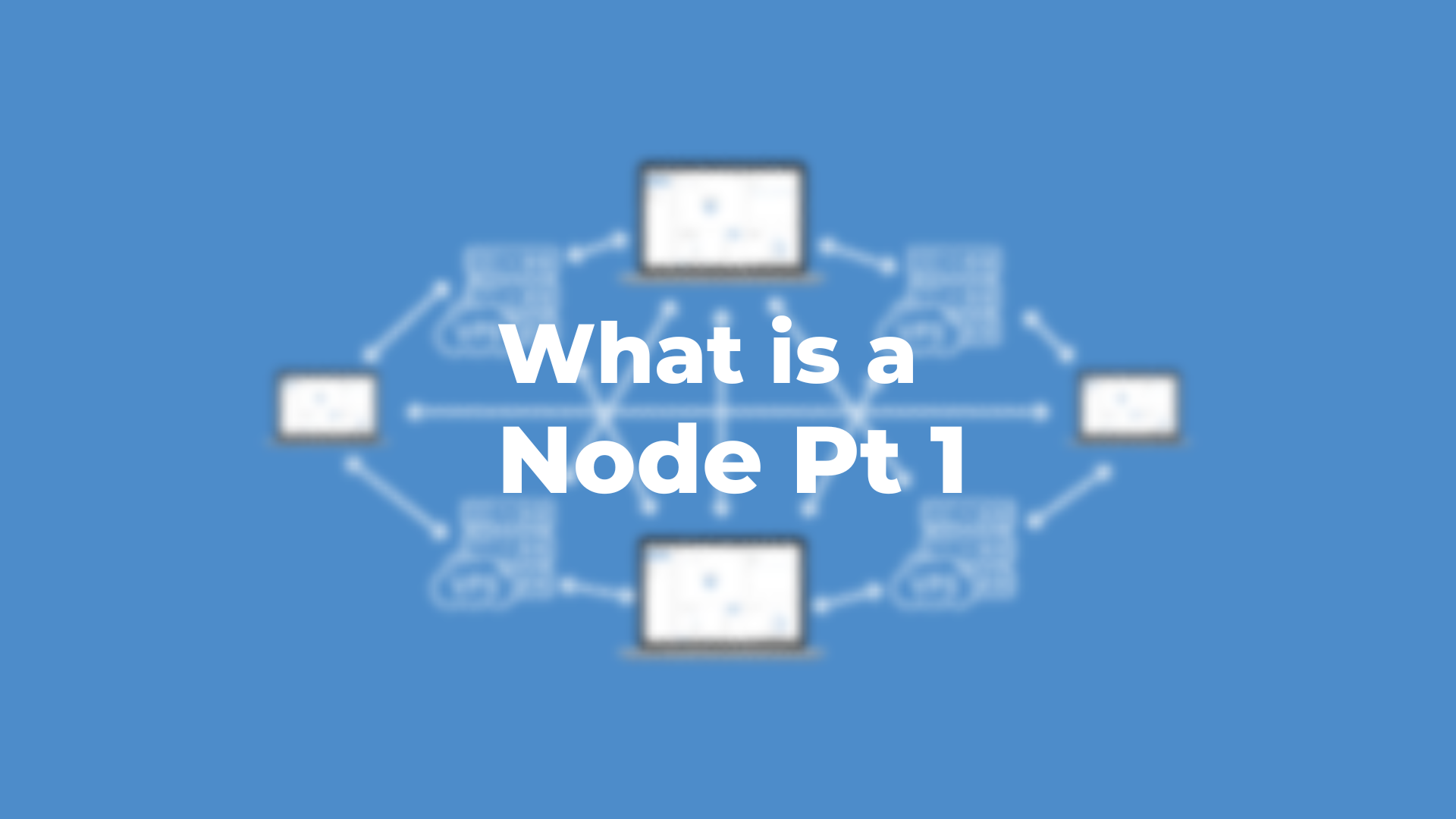What Is a Node?
Techopedia defines a node as a point of intersection/connection within a data communication network. Where on a home network, nodes could be a router, a printer/scanner, or a desktop computer.
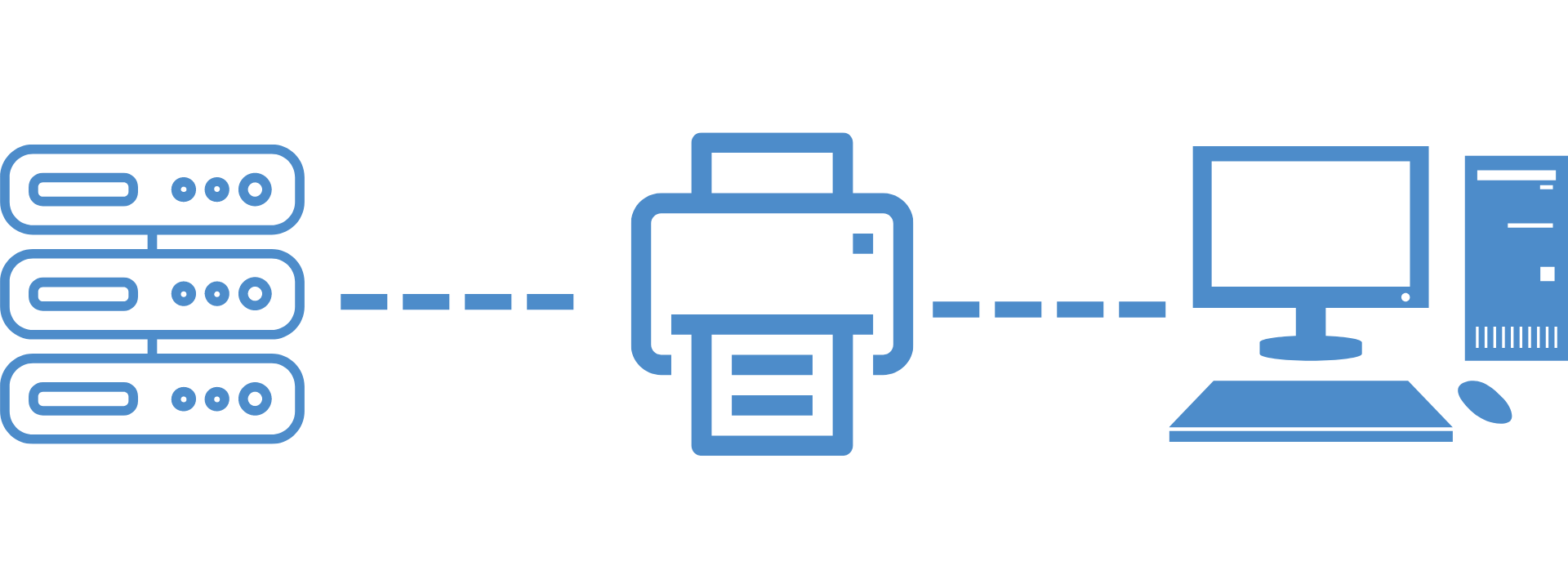
What Is a Switch Node?
In regards to Switch and the blockchain, however, a node is a software license that, when powered and hosted by an individual user’s computer, server, or VPS (virtual private server), will connect to a decentralized network across the globe. This node network supports a blockchain ecosystem by independently confirming transactions using advanced cryptography. The global decentralization of the network eliminates a central failure point and prevents fraud. For their work in confirming the network, node license holders are rewarded by the blockchain in SWITCH, a digital reward.
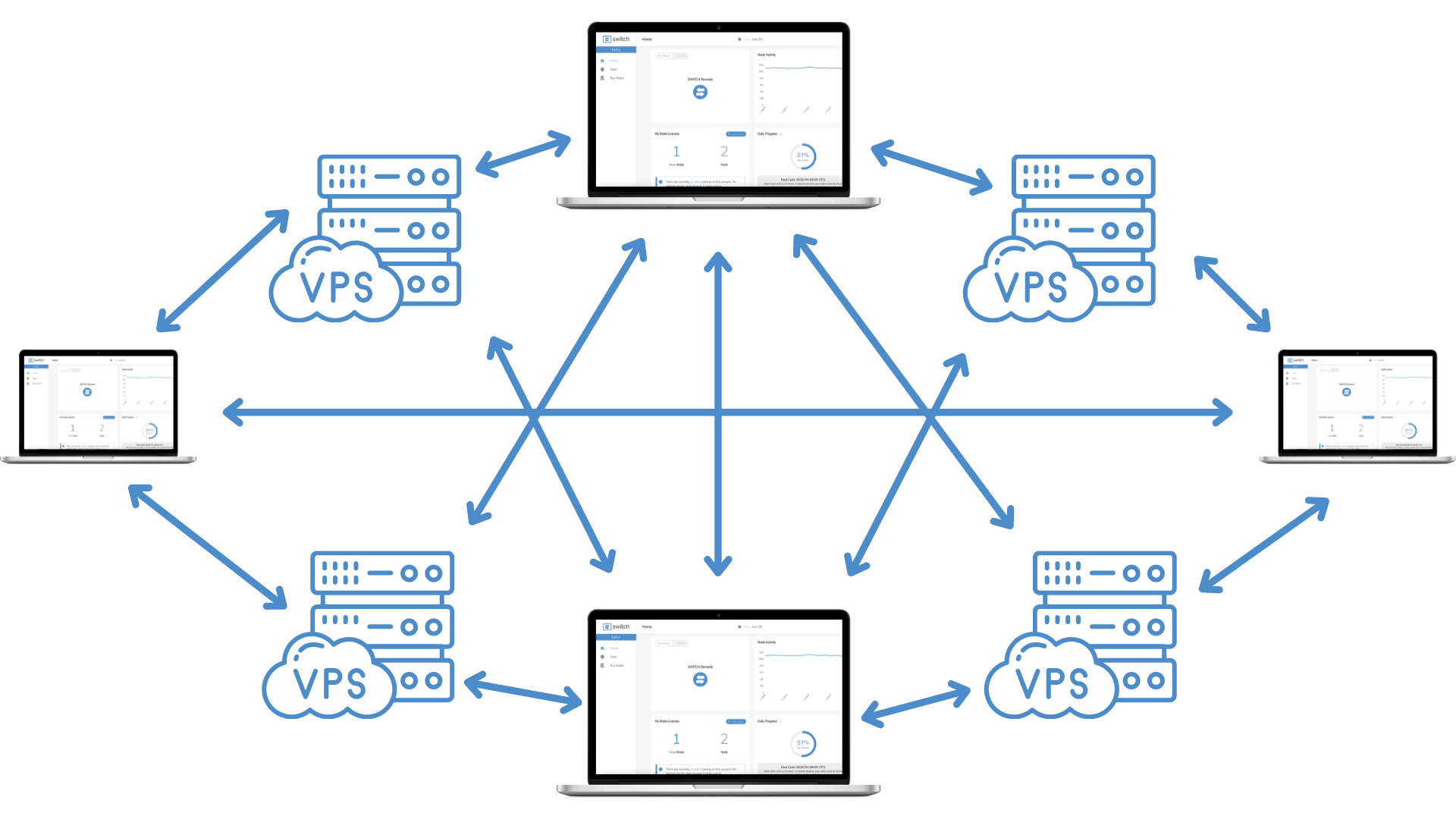
Centralization vs Decentralization
A centralized network is all ran through or managed by one server or central point. This creates opportunity for weakness on the network as there is only one point of failure and the entire network could be taken offline.
A decentralized network is distributed globally and even with one point or node offline, the network is still strong and continues confirming transactions and sharing information with other nodes.
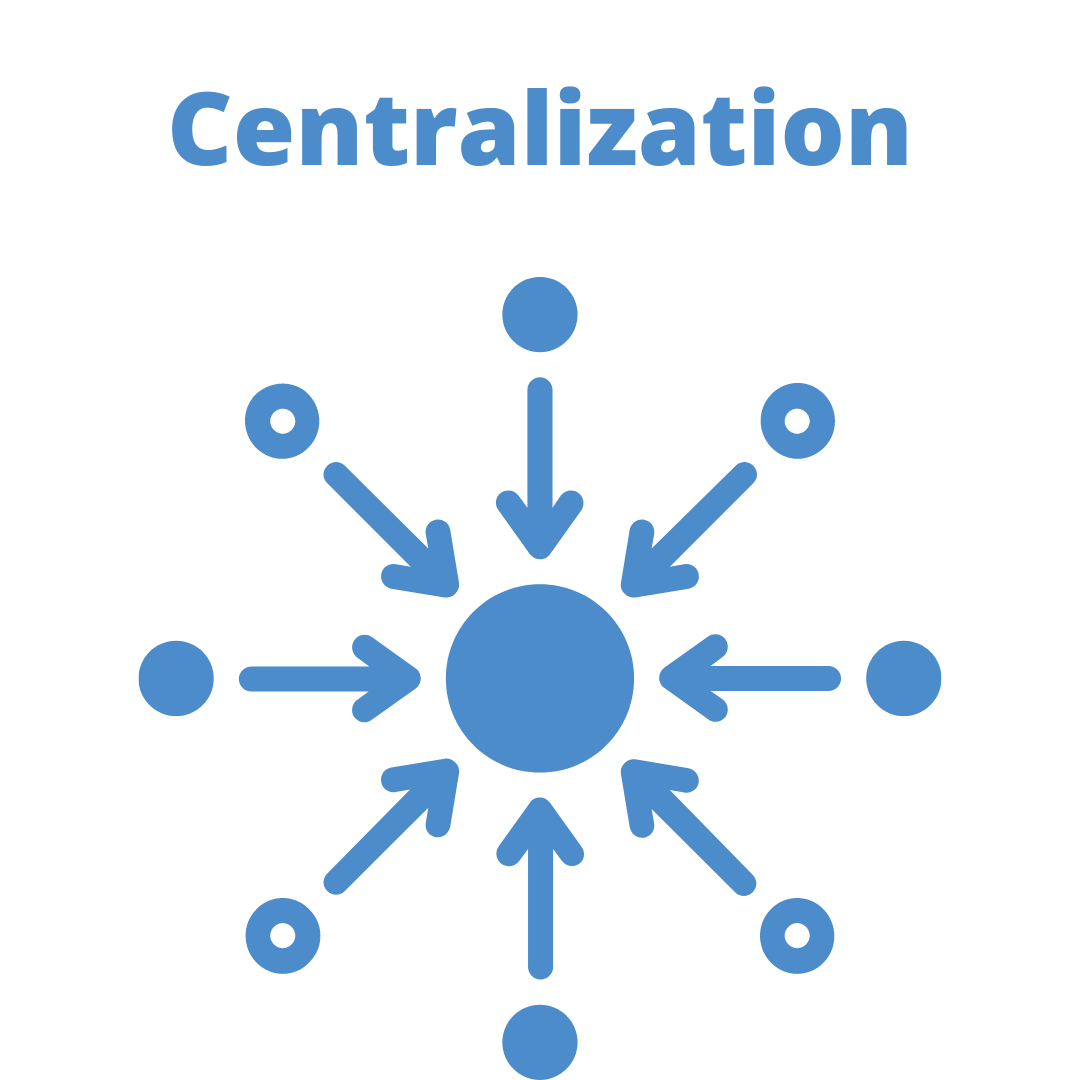
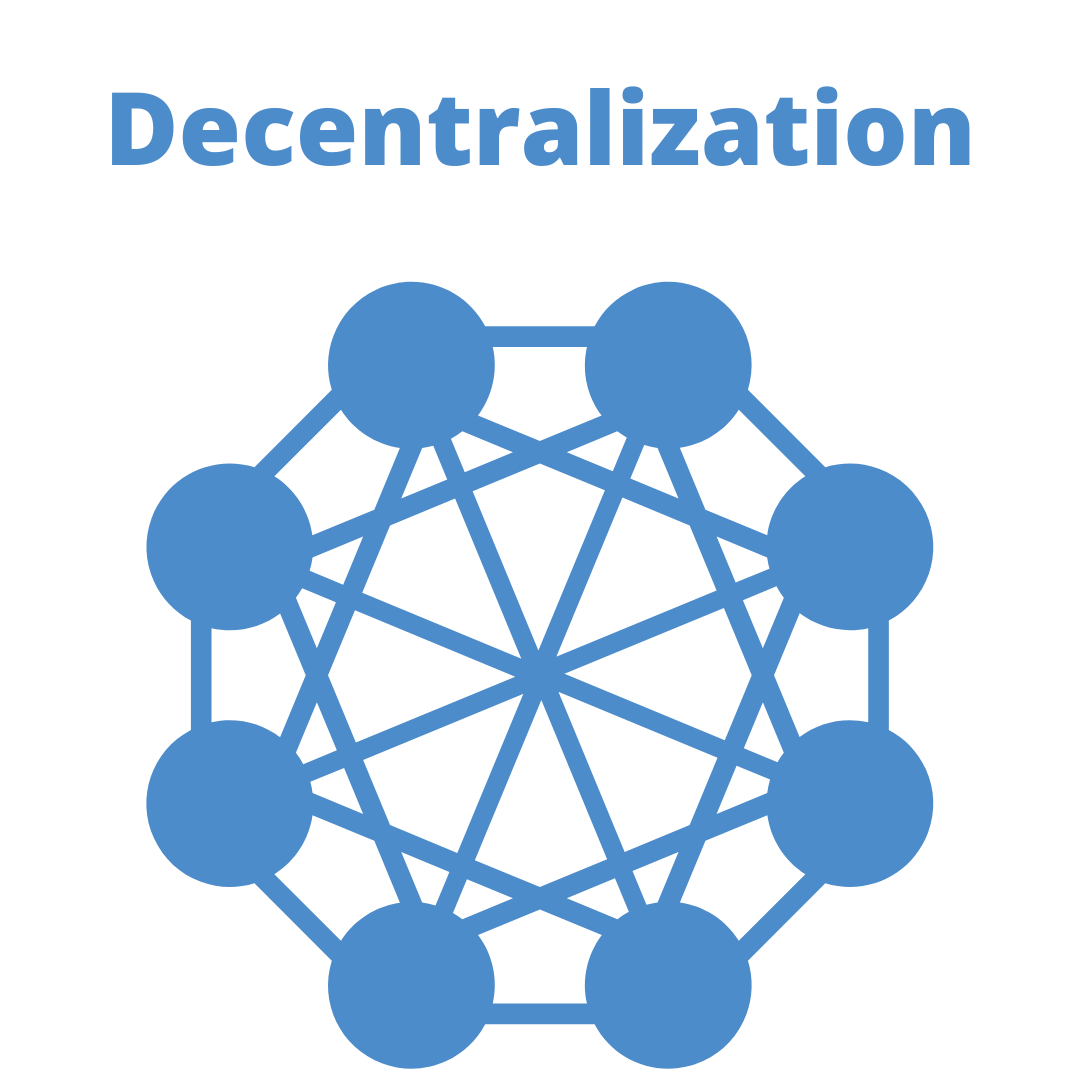
Disclaimer: * Rewards are not available for purchase from Switch. They are digital rewards earned in exchange for work and action on the Switch network. The digital reward is designed to have utility on the Switch platform for the purchase of Switch’s products and services. The digital reward is not an investment product and may never have any value outside of the Switch platform. Switch node owners should not expect to recognize any value from the digital reward other than its utility with Switch. Switch does not anticipate correlation between the digital reward value and Switch’s business activities.
Want to learn more about nodes? Click Here to check out part 2 of this blog series.
